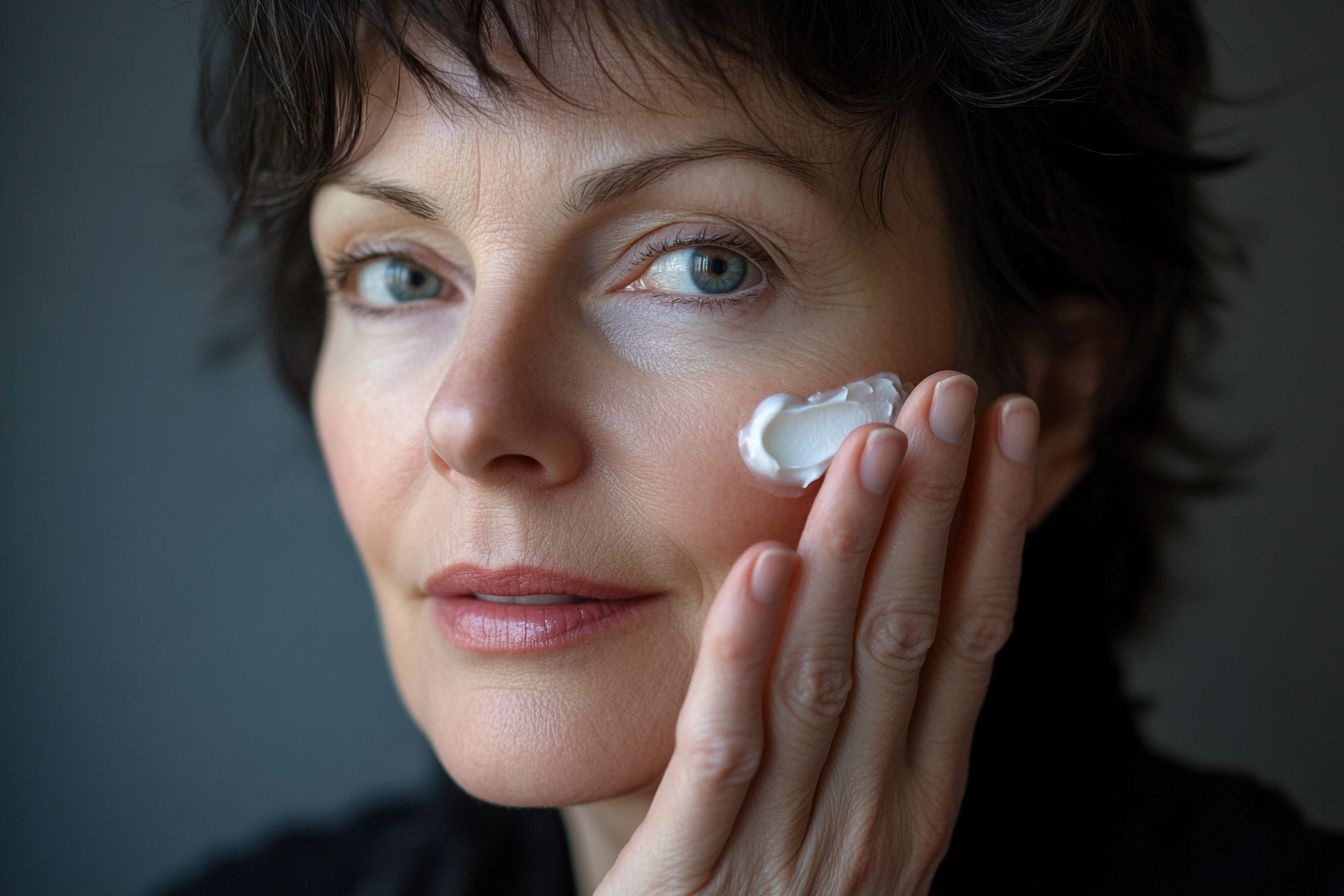A Guide to Understanding Atopic Dermatitis
Atopic dermatitis, commonly known as eczema, is a chronic inflammatory skin condition that affects millions of people worldwide. This condition typically develops during childhood but can persist into adulthood, causing periodic flare-ups of dry, itchy skin. Understanding its causes, symptoms, and management strategies is crucial for those affected by this persistent condition.

What Causes Atopic Dermatitis?
Atopic dermatitis develops from a complex interaction of genetic and environmental factors. The condition often runs in families and is associated with a compromised skin barrier function. Common triggers include:
-
Environmental allergens like pollen, dust mites, and pet dander
-
Harsh soaps and detergents
-
Extreme weather conditions
-
Stress and anxiety
-
Certain foods in some individuals
-
Skin infections
Recognizing Signs and Symptoms of Atopic Dermatitis
The manifestation of atopic dermatitis can vary significantly among individuals, but several characteristic signs and symptoms include:
-
Dry, scaly patches of skin
-
Intense itching, particularly at night
-
Redness and inflammation
-
Small, raised bumps that may leak fluid when scratched
-
Thickened, cracked, or raw skin
-
Areas of discoloration, especially on the face, hands, and feet
Understanding Atopic Dermatitis Side Effects
Living with atopic dermatitis can lead to various secondary complications that affect both physical and emotional well-being:
-
Sleep disturbances due to intense itching
-
Increased risk of skin infections
-
Social anxiety and reduced self-esteem
-
Development of asthma or allergic rhinitis
-
Scarring from repeated scratching
-
Impact on daily activities and quality of life
Essential Strategies for Atopic Dermatitis Management
Managing atopic dermatitis requires a comprehensive approach combining various treatment methods:
- Skin Care Routine
-
Regular moisturizing with fragrance-free products
-
Gentle cleansing with mild, soap-free products
-
Avoiding hot water during bathing
-
Applying moisturizer immediately after bathing
- Trigger Avoidance
-
Identifying and avoiding personal triggers
-
Using protective clothing when necessary
-
Maintaining optimal indoor humidity
-
Regular cleaning to reduce allergen exposure
- Medical Treatments
-
Topical corticosteroids for inflammation
-
Topical calcineurin inhibitors
-
Oral antihistamines for itch relief
-
Prescription medications for severe cases
-
Phototherapy when recommended by healthcare providers
Treatment Options Comparison
| Treatment Type | Benefits | Typical Duration | Best For |
|---|---|---|---|
| Topical Steroids | Quick relief | Short-term use | Acute flares |
| Moisturizers | Prevention | Daily use | Maintenance |
| Immunosuppressants | Long-term control | Continuous | Severe cases |
| Phototherapy | Natural approach | Weekly sessions | Moderate cases |
Prices, rates, or cost estimates mentioned in this article are based on the latest available information but may change over time. Independent research is advised before making financial decisions.
Living with atopic dermatitis requires patience and consistency in following treatment plans. While there is no cure, proper management can significantly improve symptoms and quality of life. Regular consultation with healthcare providers ensures the most effective treatment approach for individual cases.
This article is for informational purposes only and should not be considered medical advice. Please consult a qualified healthcare professional for personalized guidance and treatment.




